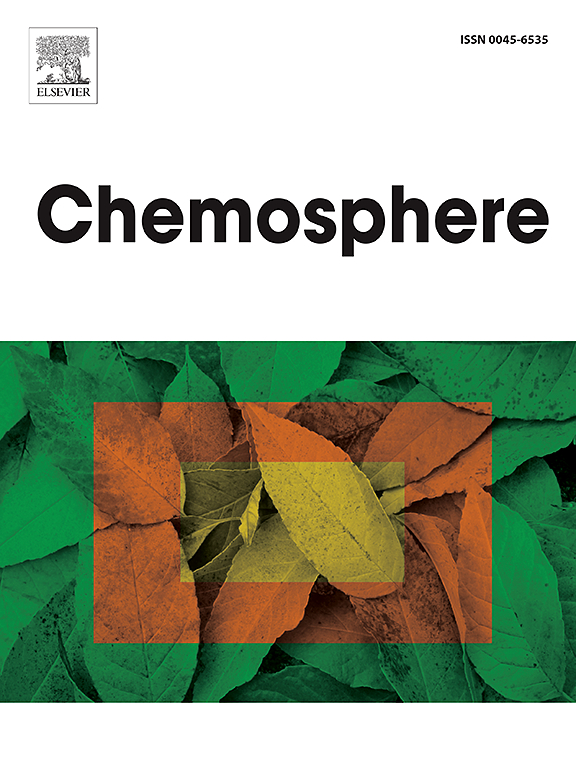Prospects and challenges of thermal hydrolysis pretreatment of microalgae for enhancing bioenergy and resource recovery in anaerobic bioprocesses
IF 8.1
2区 环境科学与生态学
Q1 ENVIRONMENTAL SCIENCES
引用次数: 0
Abstract
Microalgae have emerged as a promising feedstock for bioenergy production through anaerobic digestion and fermentation, gaining significant attention due to their rapid growth rate, ability to adapt to diverse environments, and rich biochemical composition. However, the recalcitrant nature of the microalgal cell wall necessitates pretreatment to enhance the accessibility of intracellular components and improve overall bioenergy yields from anaerobic digestion/fermentation. Among the various pretreatment methods, the thermal hydrolysis process has proven to be a promising strategy for enhancing the efficiency of bioenergy recovery from microalgal biomass. The benefits of thermal hydrolysis pretreatment of microalgae include improved organic matter solubilization, enhanced digestibility, and increased product yields in subsequent anaerobic digestion/fermentation processes for biomethane, biohydrogen, and volatile fatty acids production. However, thermal pretreatment poses challenges, such as forming future research by-products like furfural and ammonia, which can adversely affect microbial activities and reduce process efficiency. Thus, addressing its associated challenges is critical for maximizing its effectiveness in bioenergy and resource recovery. This review provides a comprehensive analysis of these challenges and offers recommendations for future research, emphasizing the need for optimized pretreatment strategies for advancing the sustainable and efficient use of microalgae in bioenergy production.

求助全文
约1分钟内获得全文
求助全文
来源期刊

Chemosphere
环境科学-环境科学
CiteScore
15.80
自引率
8.00%
发文量
4975
审稿时长
3.4 months
期刊介绍:
Chemosphere, being an international multidisciplinary journal, is dedicated to publishing original communications and review articles on chemicals in the environment. The scope covers a wide range of topics, including the identification, quantification, behavior, fate, toxicology, treatment, and remediation of chemicals in the bio-, hydro-, litho-, and atmosphere, ensuring the broad dissemination of research in this field.
 求助内容:
求助内容: 应助结果提醒方式:
应助结果提醒方式:


